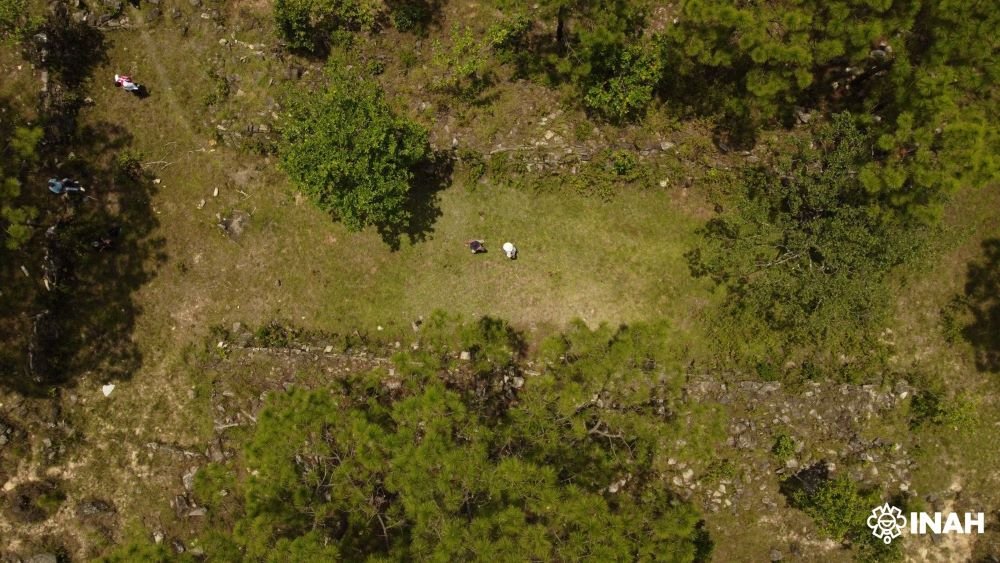
In a remote stretch of the Tibetan Plateau, China is rapidly expanding what is now the world’s largest solar park, a sprawling renewable energy complex that already covers an area more than seven times the size of Manhattan.
Located in Qinghai Province, the Talatan Solar Park is set in a high-altitude desert where strong sunlight and cold temperatures boost panel efficiency.
Chinese energy officials say the site, currently generating over 16,900 megawatts of electricity, will grow to cover ten times the area of Manhattan within three years.
At nearly 10,000 feet above sea level, the plateau’s thin air allows solar panels to absorb more sunlight than they would at lower elevations. The park’s output is enough to power a city the size of Chicago, and it anchors a larger clean energy network that includes wind turbines and hydropower dams across Qinghai.
Solar growth anchored by wind and hydropower
While the solar expansion draws global attention, China continues to add capacity. Nearby, wind farms contribute 4,700 megawatts, and hydroelectric stations provide another 7,380 megawatts.
Two additional hydropower projects under construction near Talatan will store daytime solar energy by pumping water into mountain reservoirs, then release it at night to generate electricity.
High on the Tibetan Plateau, nearly 10,000 feet above sea level, China is building one of the world’s most ambitious clean-energy projects. In Qinghai province — a vast region known to Tibetans as Amdo — solar panels stretch across an area seven times the size of Manhattan, wind… pic.twitter.com/EGIE18MjOL
— Ali Khademhosseini (@khademh) October 10, 2025
Government-backed incentives have fueled this growth. In the early stages, companies were given free access to land. More recently, Beijing has required provinces to charge nominal fees to promote more efficient land use.
Liu Ta, who manages the Talatan project, said that earlier designs interfered with grazing. Panels are now mounted higher to accommodate local herders and livestock.
High-altitude innovation and regional power exchange
High-altitude clean energy projects are expanding beyond Qinghai. Near Lhasa, a 150-megawatt solar farm was installed at 17,000 feet, one of the highest in the world.
Still, challenges remain. Wind generation at these elevations is complicated by thin air, which reduces turbine efficiency. To maintain grid stability, solar output during the day is balanced with wind and hydropower at night.
Qinghai exports excess electricity to nearby provinces like Shaanxi, receiving supplemental coal power in return to stabilize nighttime supply. According to Zhu Yuanqing, head of the provincial energy bureau, hydropower is increasingly relied upon to fill solar gaps and reduce coal use.
The region’s low-cost, clean electricity has attracted heavy industries and data centers, including AI-focused facilities. Zhang Jingang, Qinghai’s executive vice governor, noted that data centers at high altitudes consume 40% less energy for cooling and help heat nearby buildings through recycled server heat.
Despite restricted media access, officials showcased these developments during a summer tour. Data for national AI projects is now routed through Qinghai, though latency issues keep critical applications like autonomous driving in eastern China.


